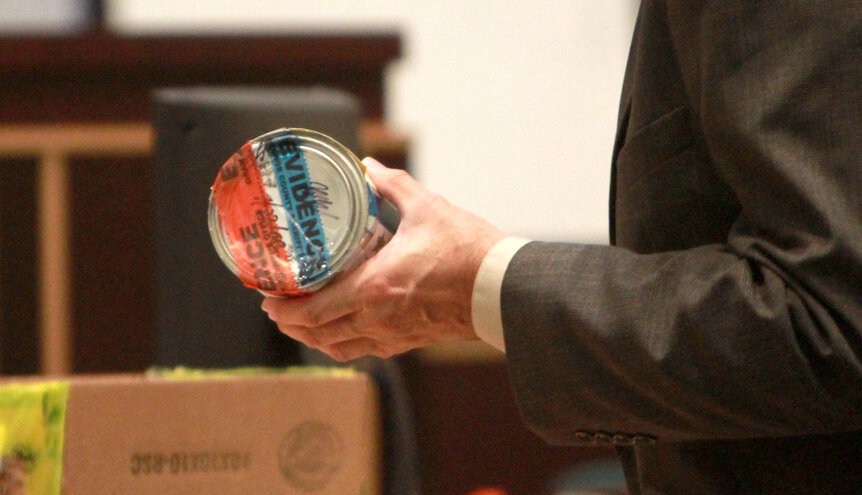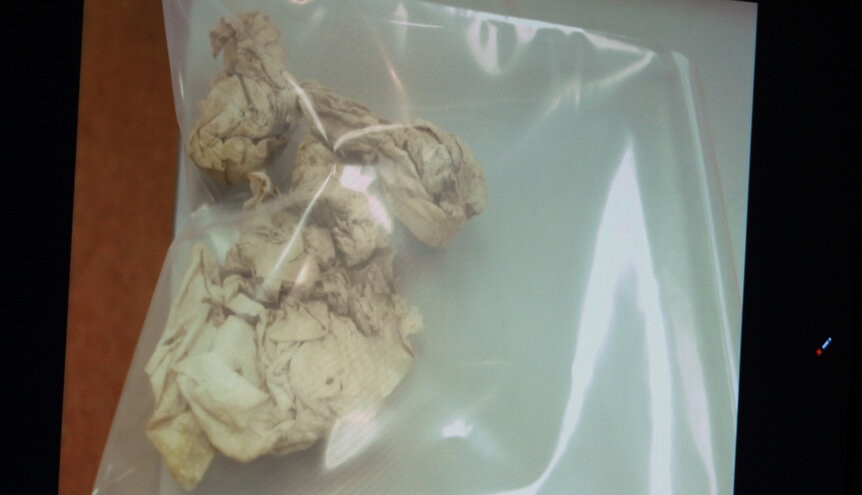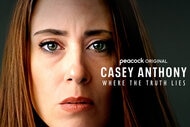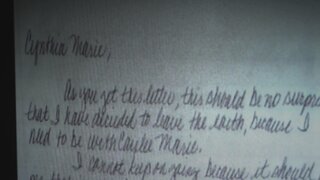Create a free profile to get unlimited access to exclusive videos, breaking news, sweepstakes, and more!
What Investigators Found In Casey Anthony's Trunk
The defense called it "fantasy forensics." Oxygen's "The Case of: Caylee Anthony" premieres May 19 at 8 PM ET/PT.
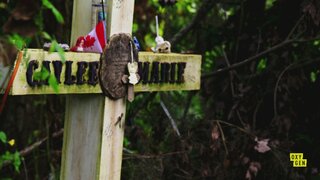
In December 2008, 2-year-old Caylee Anthony was found dead in the woods near her family home in Orlando, Florida, six months after she went missing. Her mother, Casey Anthony, had already been arrested in connection with the toddler’s death, and a grand jury had indicted her on capital murder and several other charges.
Oxygen will explore the tragedy in "The Case of: Caylee Anthony," a three-night special event airing Saturday, May 19, Sunday, May 20 and Monday, May 21 at 8:00 ET/PT.
During her 2011 murder trial, the prosecution presented the court with what it claimed were heaps of physical evidence. Casey’s defense team referred to the alleged evidence as “fantasy forensics.” It was a phrase that became emblematic of the six-week trial, and the argument ultimately helped lead to Casey’s acquittal. Though many pieces of evidence were dismissed by the defense, these were the five items reportedly found in Casey’s trunk that become key during the investigation.
1. Human hair
The prosecution’s main theory was that Casey had allegedly knocked Caylee out with chloroform and then suffocated her by putting duct tape over her nose and mouth. After allegedly murdering her daughter, prosecutors claimed she stored Caylee’s body in her trunk before disposing of it in the woods.
Crime scene investigator Gerardo Bloise testified that while searching the trunk of Casey’s car, he recovered a human hair. FBI trace evidence examiner Karen Lowe told the court that the hair was similar to a piece of hair found on a brush belonging to Caylee and that it showed evidence of decomposition. Lowe explained that the hair had a dark band that had only been seen in hairs that have remained in the scalps of decomposing bodies.
During cross-examination, Lowe said hair analysis isn’t as reliable as DNA analysis and she could not testify “with absolute certainty” that the hair came from Caylee.
2. Decomposition detection
A can of air sample evidence from Casey Anthony's trunk.
[Photo: Getty Images]
University of Central Florida chemist Michael Sigman took several air samples from Casey Anthony’s trunk, and one of them was sent to Arpad Vass at Tennessee's Oak Ridge National Laboratory. On behalf of the prosecution, Vass testified that the air sample’s odor was “extremely overwhelming” and identified it as human decomposition. Vass explained that given the odor, there was “no other plausible explanation” than there had been a dead body in the trunk.
Sigman, on the other hand, told the court that Casey’s trunk did smell, but there could have been other causes and he could not conclude that the car’s odor was due to a rotting body.
3. Presence of chloroform
Vass also testified that a carpet sample from Casey’s trunk tested positive for chloroform at a “shockingly high” level. According to ABC News, Vass explained chloroform is normally found in parts per trillion, and the trunk sample showed chloroform in the parts per million range. He also said seven compounds consistent with decomposition were found.
Sigman, however, told jurors that testing from Casey’s trunk primarily showed the presence of gasoline. Other compounds like chloroform were also found, but in very small amounts that “gave very low responses.” Sigman explained that while some of the compounds are linked to human decomposition, there are also other, natural explanations for their presence.
4. Paper towels
Paper towels found in Casey Anthony's trunk.
[Photo: Getty Images]
Vass testified that stained paper towels found in Casey’s trunk contained fatty acids found in adipocere (or grave wax). Adipocere is a wax-like organic substance that is formed by the decomposition of a dead body. But according to National Director Forensic Services at NMS Labs Barry K Logan, the fatty acids on the paper towels are also present in food and living tissue and are “not specific to decomposition of any kind.”
During cross-examination, Casey’s defense attorney Jose Baez asked Vass if the fatty acids could have been due to leftover food like meat. Vass testified that the meat would have had to be raw with a high fat percentage and that it would also have had to contain bacteria usually found in human bodies.
5. Insect activity
Tiny flies were also found in the trunk of Casey’s car, according to a witness who testified for the prosecution. Forensic entomologist Neal Haskell testified that the flies were attracted to “decomposing organic material,” which fit with the prosecution’s theory that Caylee’s body had been stored in the trunk for several days.
Though the small flies could indicate something started to decompose inside the trunk, Haskell could not say it was specifically a dead body. As defense attorney Baez pointed out, they could have been drawn to any type of organic decomposition, including garbage or leftover food.
[Photos: Getty Images]
